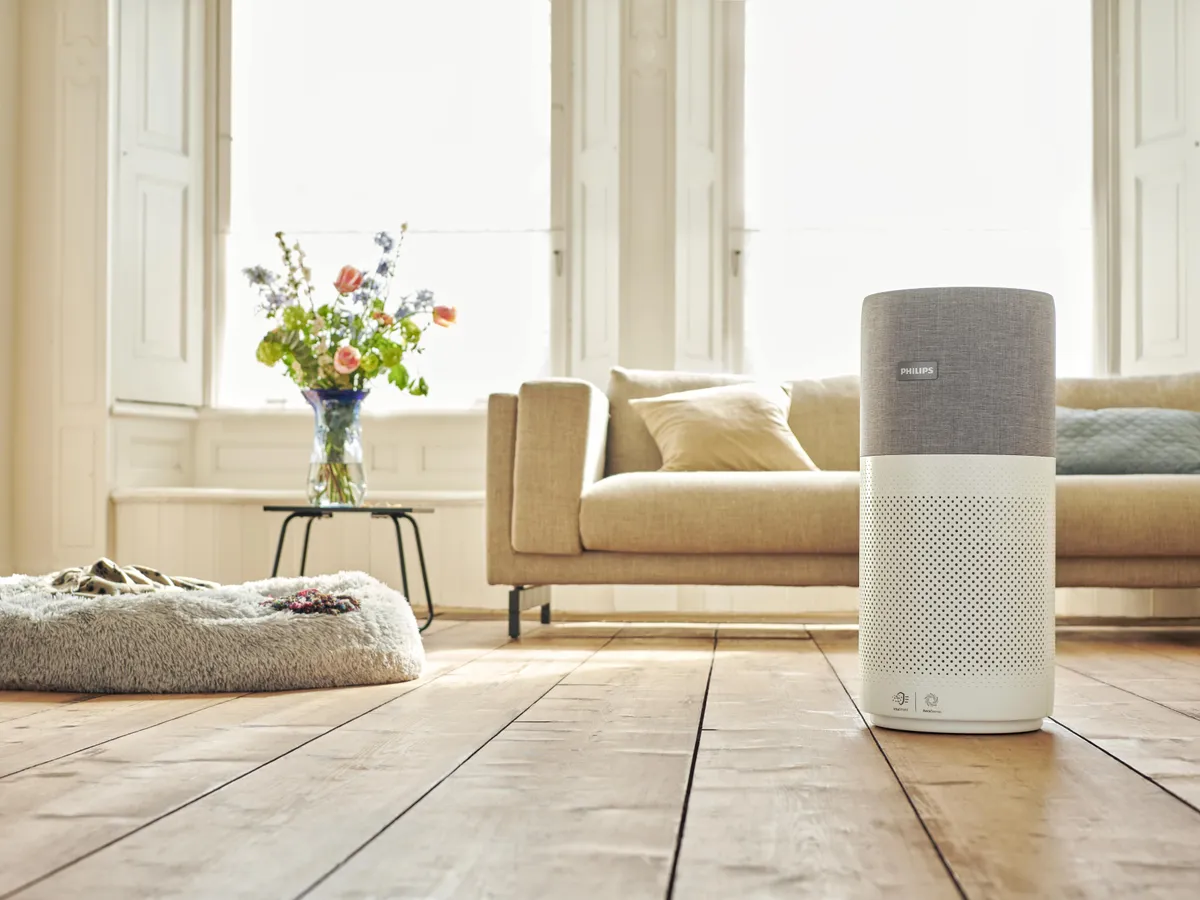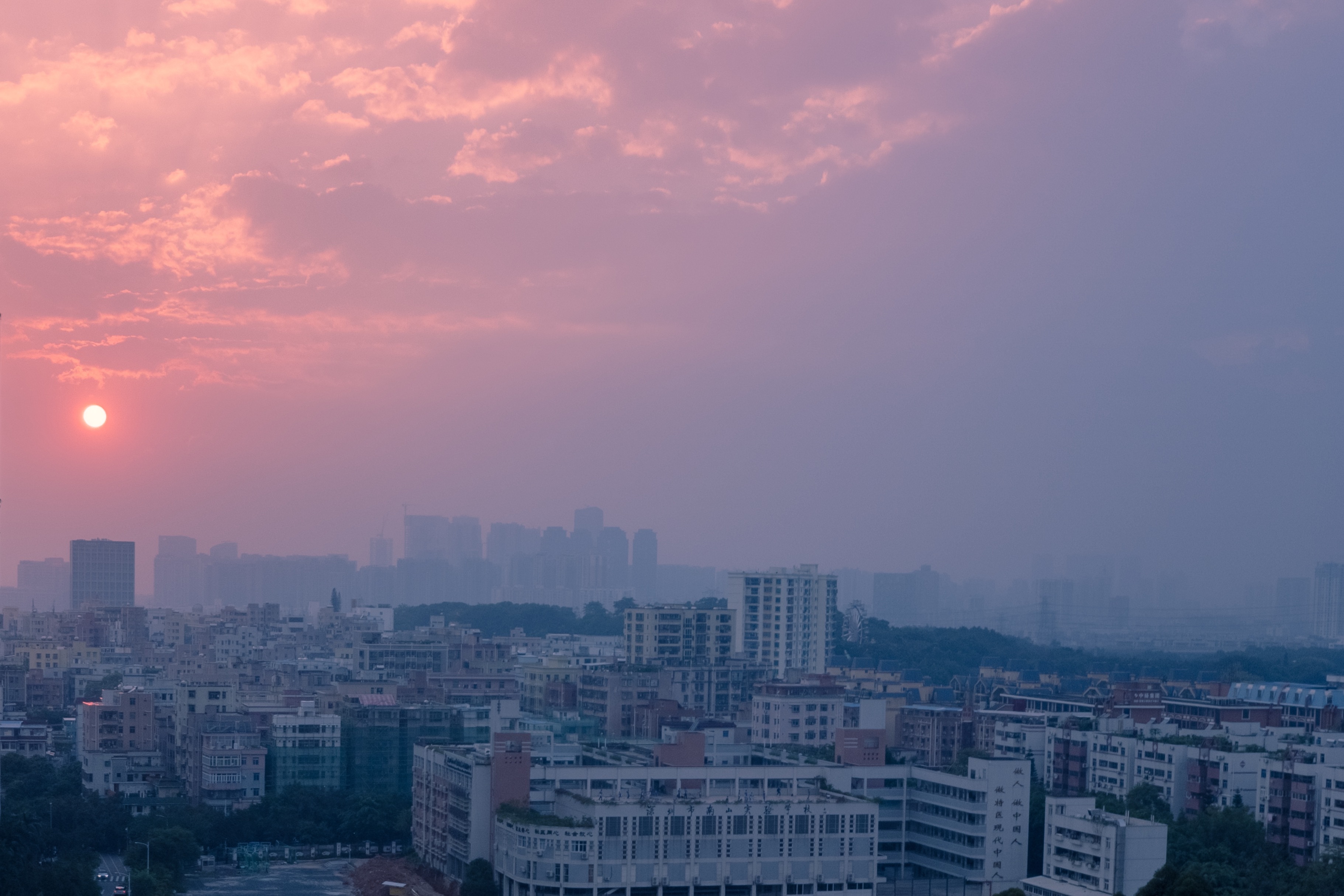Smog vs Air Purifier: Can Technology Help Us Breathe Easier

Strong 8k brings an ultra-HD IPTV experience to your living room and your pocket.
As cities grow, vehicles multiply, and industrial activity increases, the battle between clean air and pollution intensifies. One of the most visible forms of pollution is smog, a thick, toxic haze that settles over cities like Lahore, Islamabad, and Karachi, particularly during the winter season. In the face of rising pollution levels, many households and businesses are turning to technology for a solution—enter the air purifier. But how effective are these devices in combating smog? In the debate of Smog vs Air Purifier, which one wins?
At Saaf Pakistan, we aim to create awareness about air pollution and practical solutions that can protect our communities. This article explores the science behind smog, the role of air purifiers, and how individuals and governments can use both policy and technology to clear the air—literally.
Understanding Smog: A Modern Health Threat
Smog is a combination of smoke and fog, caused by pollutants such as particulate matter (PM2.5 and PM10), nitrogen oxides, sulfur dioxide, ozone, and volatile organic compounds. These pollutants primarily originate from:
- Vehicular emissions
- Industrial waste
- Crop burning
- Construction dust
- Burning fossil fuels
The effects of smog are not just visual. Smog can cause respiratory issues, heart disease, fatigue, eye irritation, and long-term lung damage. According to the World Health Organization, prolonged exposure to polluted air can shorten life expectancy and increase the risk of chronic illness.
In cities like Lahore, the Smog vs Air Purifier conversation becomes particularly relevant during November to February, when visibility is reduced, AQI levels soar, and breathing without a mask becomes dangerous.
What Is an Air Purifier?
An air purifier is a device designed to remove contaminants from indoor air. These devices often contain filters—such as HEPA (High Efficiency Particulate Air) filters—that capture airborne particles, including dust, pollen, smoke, and even bacteria.
Advanced models also include activated carbon filters to remove odors and gases, and UV-C light or ionizers to kill germs. Some even include sensors that detect pollution levels in real time, allowing the device to adjust its settings automatically.
In the debate of Smog vs Air Purifier, the air purifier acts as a defense mechanism—a barrier between polluted outdoor air and the indoor spaces where we spend most of our time.
Smog vs Air Purifier: How Do They Interact?
In polluted environments, the air outside is filled with harmful substances. Unfortunately, indoor air is not immune—pollutants seep in through doors, windows, and ventilation systems. This is where air purifiers come into play.
Let’s explore this Smog vs Air Purifier dynamic:
Air Filtration
Air purifiers equipped with HEPA filters can trap up to 99.97% of airborne particles as small as 0.3 microns, including smog-related particles like PM2.5. This makes them highly effective for improving indoor air quality.
Health Protection
For people with asthma, allergies, or respiratory conditions, air purifiers provide a safe indoor environment by reducing pollutant levels.
Not a Complete Solution
While air purifiers are beneficial, they are not a cure-all. They cannot clean outdoor air or counteract the broader effects of environmental pollution. The Smog vs Air Purifier conversation highlights that purifiers offer personal protection, but systemic changes are necessary for lasting impact.
Saaf Pakistan’s Role in Raising Awareness
Saaf Pakistan is committed to promoting clean air initiatives across the country. Our mission includes educating the public about pollution, offering practical solutions, and working with communities to implement green alternatives.
In the debate of Smog vs Air Purifier, we encourage people to use air purifiers as a short-term health safeguard while advocating for long-term strategies such as:
- Urban forestation
- Better fuel standards
- Industrial regulation
- Public transport improvements
- Banning crop and trash burning
We also believe in making air purifiers more accessible through subsidies, public awareness, and innovation.
Pros and Cons of Using Air Purifiers in Pakistan
The use of air purifiers is growing in urban centers across Pakistan. But are they really worth the investment?
Pros:
Reduces exposure to PM2.5, dust, smoke, and allergens
Improves sleep, breathing, and overall health
Useful for vulnerable populations: children, elderly, and the sick
Modern models are energy-efficient and easy to use
Cons:
High-quality purifiers can be expensive
Limited to indoor environments
Not effective without regular maintenance and filter replacement
Can't eliminate gaseous pollutants without activated carbon filters
In the ongoing discussion of Smog vs Air Purifier, it's important to weigh these pros and cons before making a decision.
Government and Community Action Is Key
Technology alone cannot win the Smog vs Air Purifier battle. Government regulation and public cooperation are essential to reducing emissions at the source. Key steps that can make a difference include:
- Introducing and enforcing emission standards
- Implementing smog alerts and emergency response plans
- Promoting electric vehicles
- Improving waste management
- Supporting clean energy initiatives
Public awareness is equally critical. When people understand the dangers of smog and the role of air purifiers, they can make informed choices for their health and advocate for cleaner air in their communities.
Tips for Using Air Purifiers Effectively
If you're considering using an air purifier to protect against smog, here are some tips to get the most out of your investment:
- Choose the Right Size: Ensure the purifier matches your room size for effective air cleaning.
- Look for True HEPA Filters: Only these filters trap particles as small as PM2.5.
- Check for Activated Carbon: Helps neutralize harmful gases and VOCs.
- Seal Indoor Spaces: Keep doors and windows closed to prevent smog from entering.
- Maintain Regularly: Clean and replace filters as recommended by the manufacturer.
Conclusion:
The debate around Smog vs Air Purifier is not about choosing one over the other, but understanding how both fit into the bigger picture. Smog is a public crisis that requires structural reforms, policy enforcement, and societal cooperation. On the other hand, air purifiers offer an immediate, personal-level defense against polluted air, especially in high-risk areas like Lahore and Karachi.
At Saaf Pakistan, we emphasize that the solution to Pakistan’s air pollution problem lies in both prevention and protection. While we work to reduce smog on a macro level, we must also protect ourselves and our families with the tools available to us today.Cleaner air is not a luxury—it is a right. Let’s work together to ensure that every breath we take is a healthy one.
Note: IndiBlogHub features both user-submitted and editorial content. We do not verify third-party contributions. Read our Disclaimer and Privacy Policyfor details.



